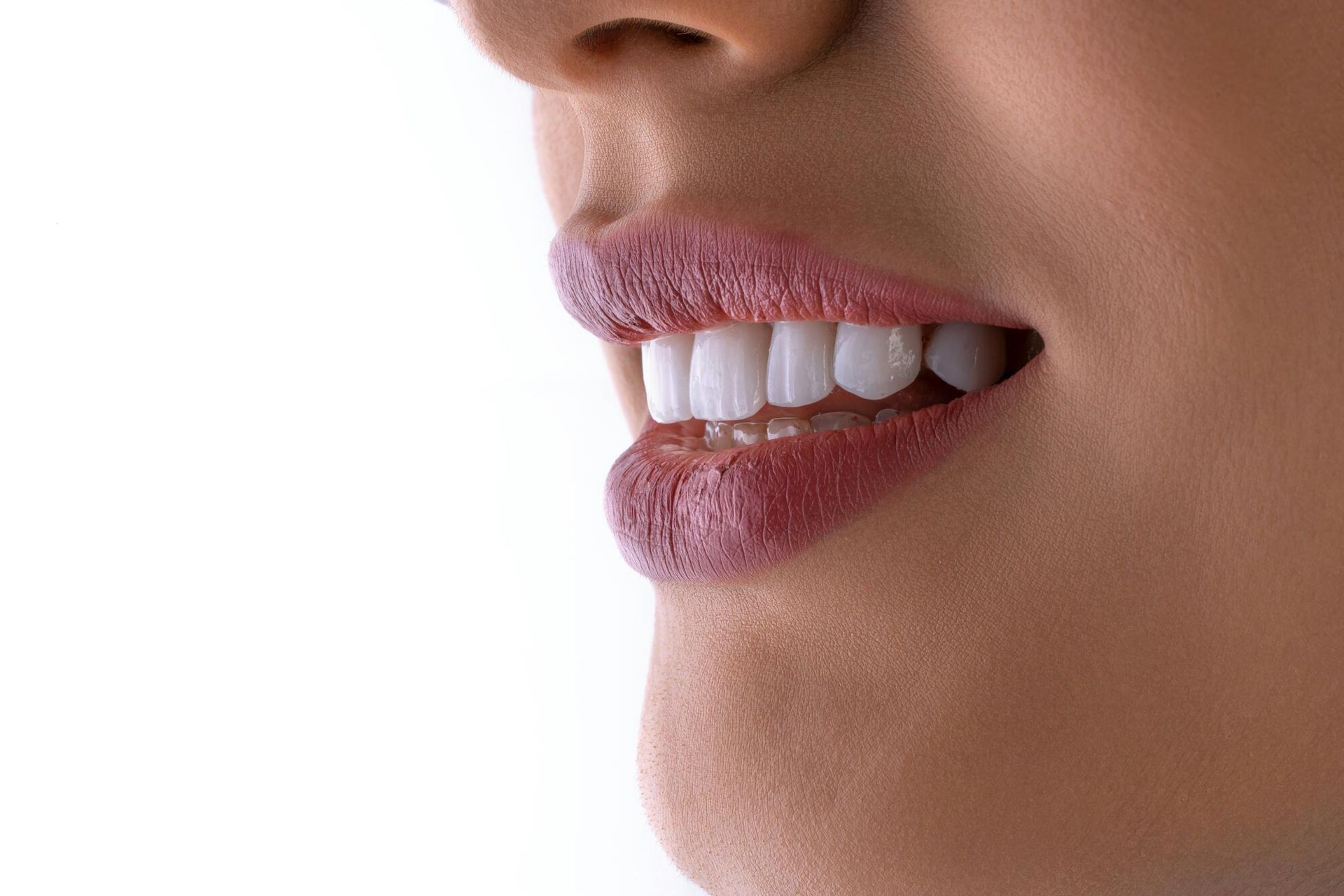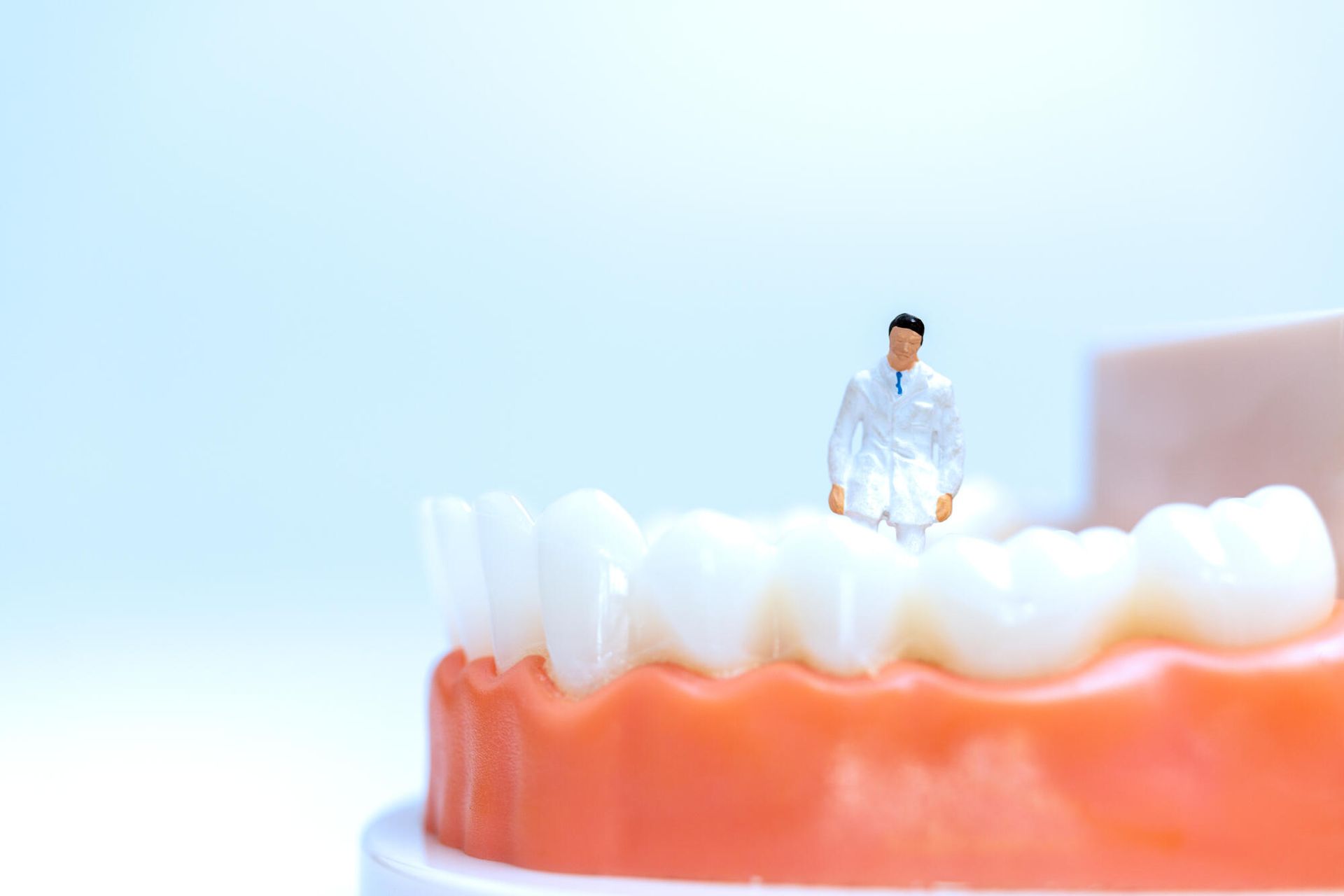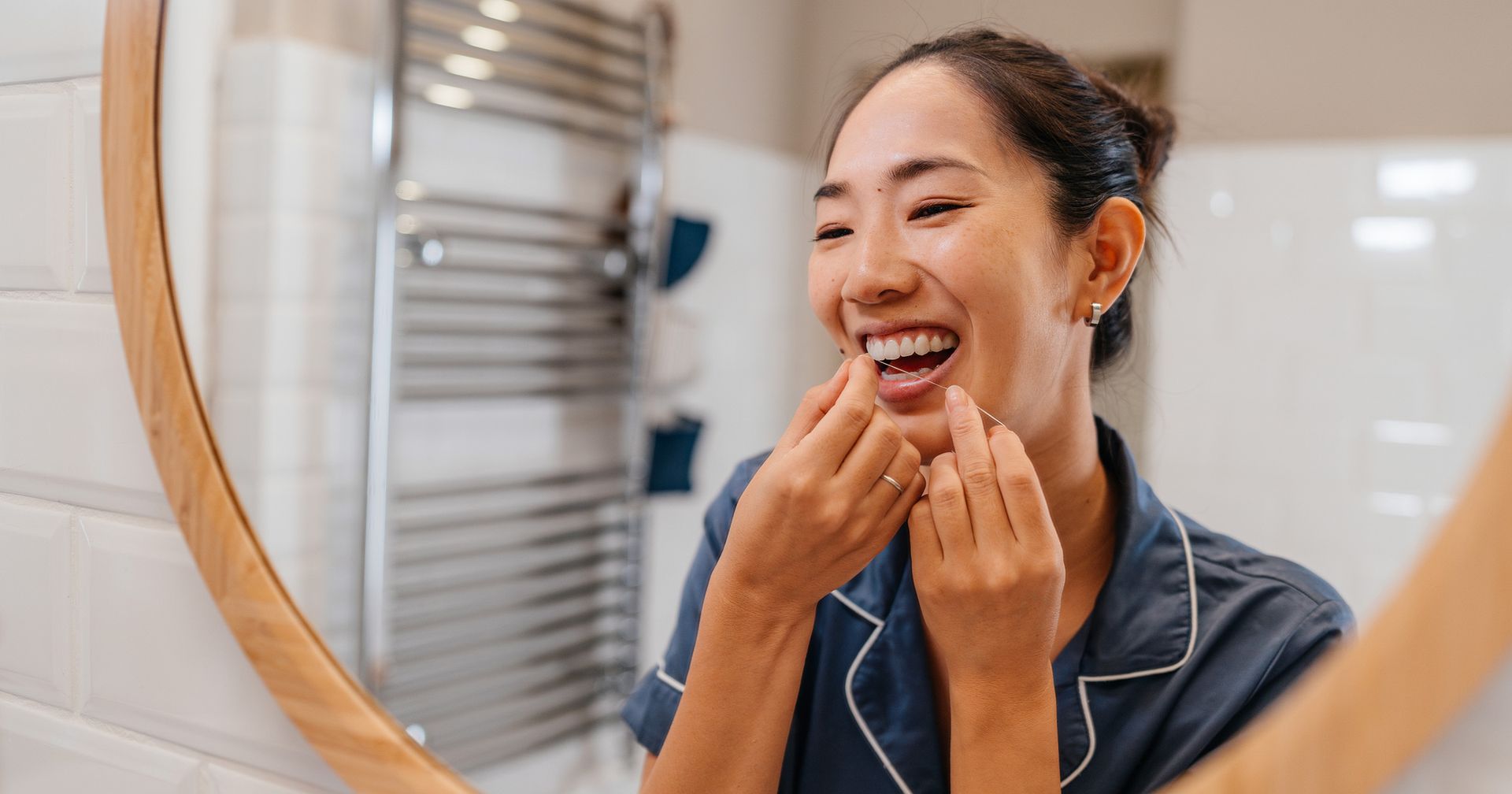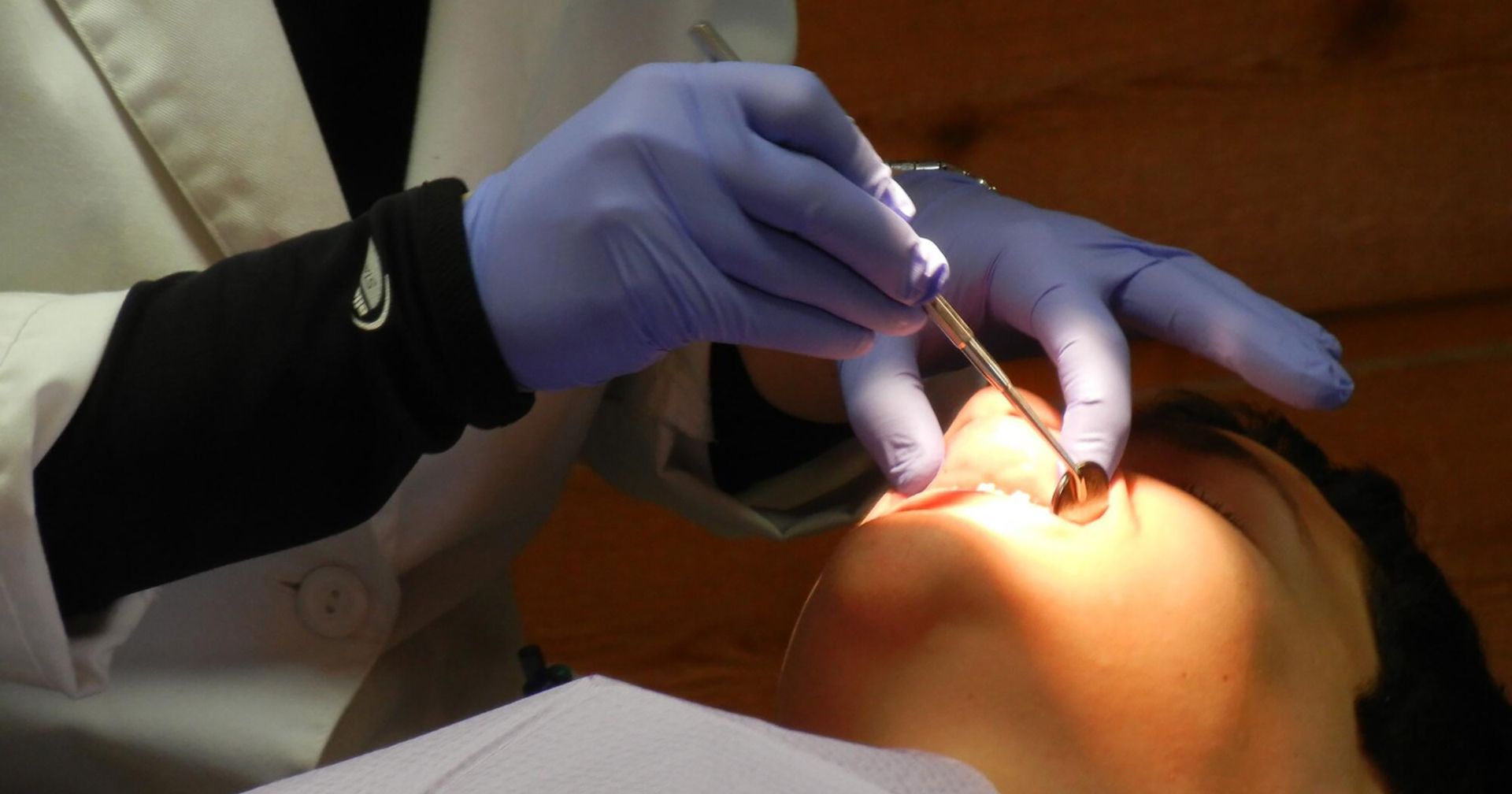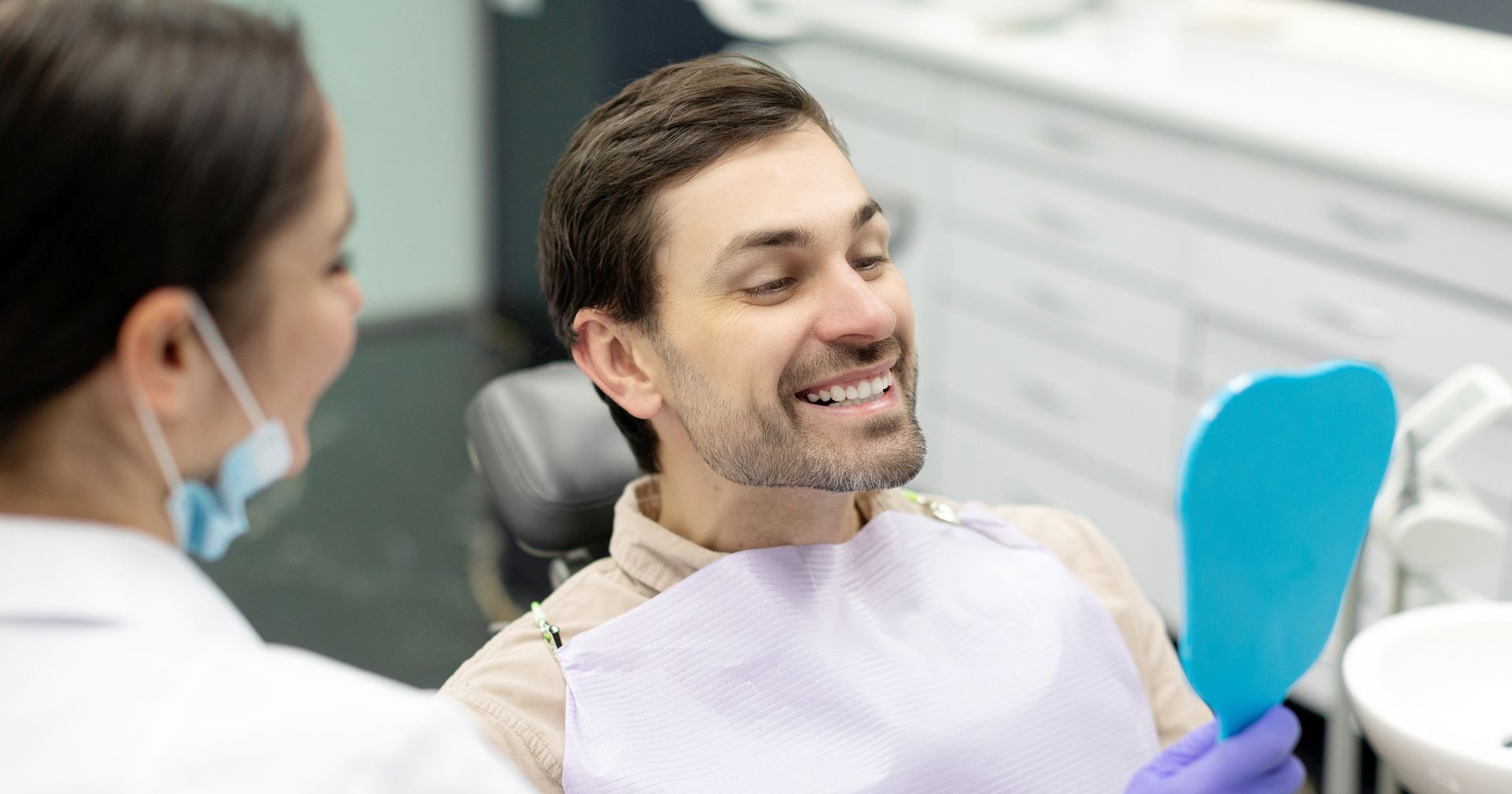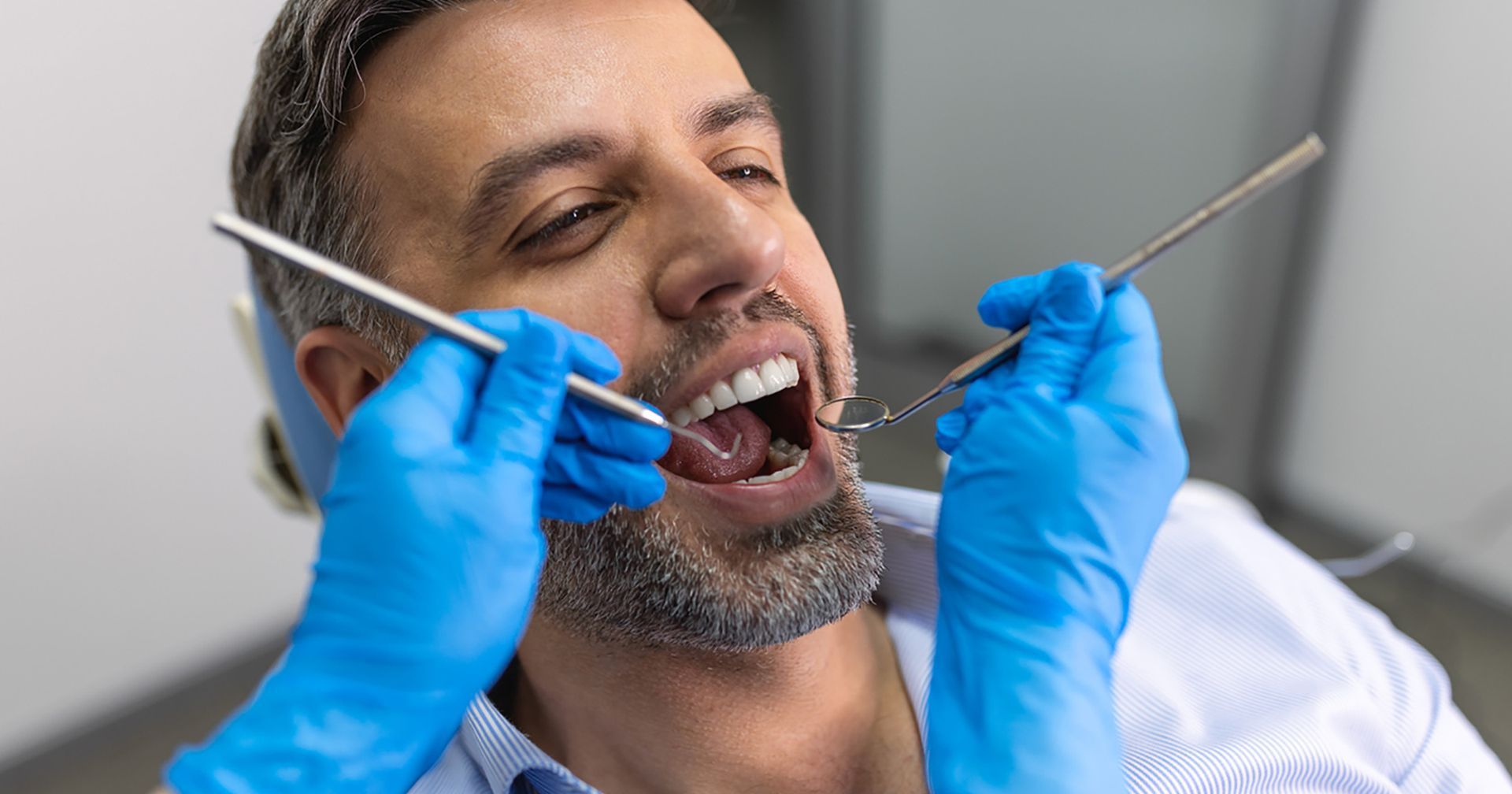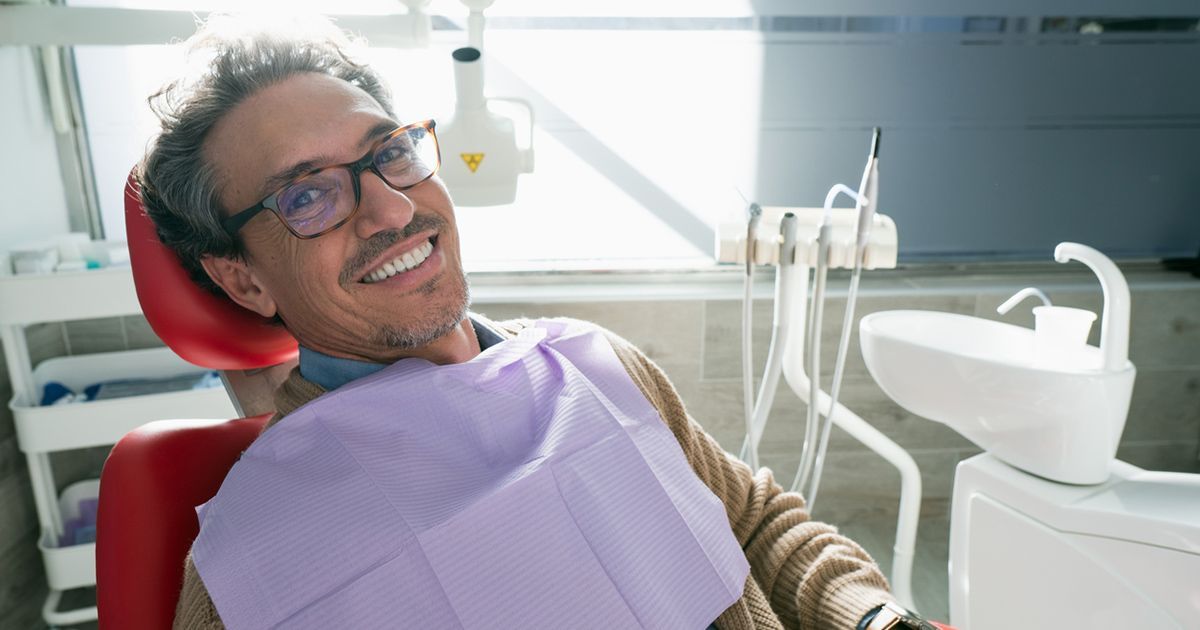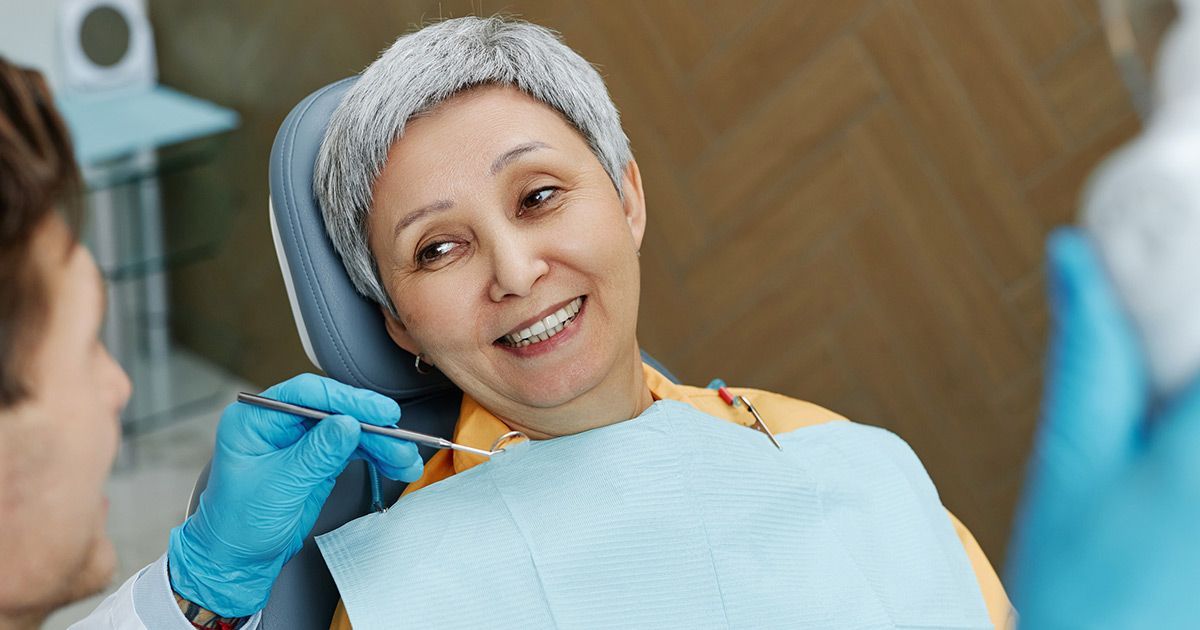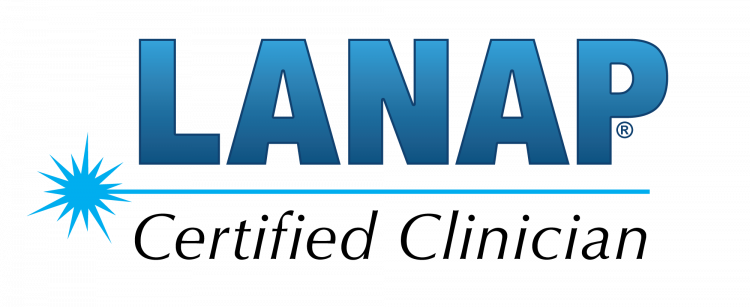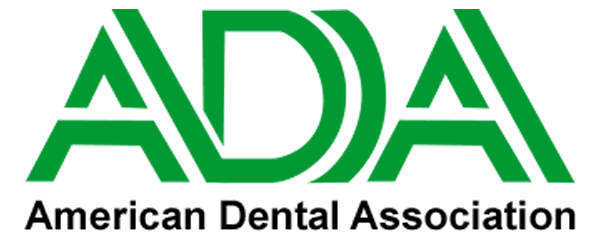Are you wondering if Invisalign is right for you? Read here for seven important things you should know before getting Invisalign.
Did you know that nine out of ten people have teeth that are at least slightly crooked?
Despite how common crooked teeth are, many of us feel self-conscious about how our pearly whites look. For some people, this can even lead to minor frustrations like smiling less or covering their mouths when they laugh.
These small embarrassments are probably why Invisalign has taken the world by storm: it's easier than ever to get straight teeth fast! With some clear trays from your local dentist, you can get the well-aligned smile of your dreams.
Of course, there are a few key things to know before you jump on board with this huge trend. Here's what to keep in mind as you consider this treatment.
1. Get Them From a Dentist
First things first: we know it's tempting to get clear braces online instead of setting up an appointment. Though some people use the term "Invisalign" as an umbrella term for all clear aligners, it's important to make sure you're getting professional dental care when you opt for any kind of orthodontic device.
Mail-in impression kits may seem like a good idea at first. However, without a proper fitting, it's possible to overcrowd, weaken, or
otherwise harm your teeth. Talk to us before you opt for any kind of DIY treatment!
2. You're Probably an Ideal Candidate
While some people do need traditional metal braces for intensive straightening, it's worth noting that most patients are great candidates for Invisalign treatment. You may benefit from these clear braces if you have one or more of the following:
- Mild to moderate overcrowding
- A slight underbite or overbite
- Overlapping teeth
- Gaps between your teeth
- Jutting or protruding teeth
If you're not sure whether or not Invisalign will meet your needs, reach out to our team!
3. The Discomfort Is Often Mild
Braces of any kind have a reputation for discomfort and pain. However, these effects are always short-lived and easy to manage, and they tend to be mild for patients who choose Invisalign.
Your orthodontist will use a 3D scan of your teeth to create a custom set of plastic aligners. These aligners won't be designed to give you the final straight appearance you're hoping for: instead, they'll move your teeth a small fraction closer to their ideal position. In one to two weeks, you'll come back in to get another set of clear aligners.
Because this process is gradual, most patients experience only mild discomfort, if any. Often, the discomfort is a sensation of "tightness" rather than pain, as the trays put mild pressure on your teeth to gently push them into a new position over time. You may also notice a bit more sensitivity when you take your new braces on and off, but it doesn't often last long.
4. Your Timeline May Vary
Though all of our patients are hoping for a quick treatment, the truth is that your treatment timeline will vary. Some patients will take around 6 months to see results. Others may need a full year.
Unfortunately, there's no "one size fits all" measurement, and you'll need to have a consultation before your orthodontist can estimate your specific treatment timeline. The current state of your teeth as well as your jaw can affect how long you'll need to wear your new braces.
5. You'll Need Some Lifestyle Changes
Once you've gotten your new clear aligners, you may think that all you need to do is push them in and forget about them. However, it's not often that easy! Because you'll have to wear your aligners for between 20 and 22 hours every day, it's important to know how to take good care of them.
Oral Care
When you engage in your daily oral health routine by brushing and flossing, you'll also want to care for your clear aligners. Rinse them every night and give them a gentle brushing with a soft-bristled toothbrush. This removes bacteria and keeps them fresh and clean for the next day of wear.
If you need to, you can also use a gentle liquid soap to remove any food particles. When you're not using your braces, make sure to keep them in a protective case.
Food and Drink
The good news is that you can often stick to your normal diet with Invisalign, within reason. However, there are a few things to avoid:
- Hard food or candies that can chip or crack your braces
- Chewy food that can damage or otherwise stick to your aligners
- Coffee, tea, wine, and other beverages that can cause staining
- Tobacco products and vaping substances that leave stains behind
In addition, it's a good idea to reduce your intake of alcohol and sugary foods. While these types of food and drinks won't hurt your braces, it's easy for them to get trapped between your braces and your teeth. This can essentially seal them right beside your teeth, putting you at greater risk for plaque and decay.
6. You May Still Need a Retainer
Once you've completed your Invisalign treatment, you're finished with orthodontic tools, right?
Not so fast! In some cases, you'll need to wear a retainer to preserve your straight teeth.
This simple tool can keep your teeth from shifting out of place. If you
do need a retainer, you won't use it forever: instead, you'll wear it less and less often over time.
7. It May Cost Less Than You Think
On average, Invisalign can cost anywhere from $3,000 to $6,000. Patients with milder needs may need to pay less, while patients with extensive straightening needs may have a higher cost.
However, it's worth noting that depending on your insurance company, your plan may cover a percentage of the cost. This can make payments much more manageable.
With our low- and no-interest financing options, you can make the treatment even easier. In addition, don't forget that our no-commitment consultations are always free.
Choose Us for Invisalign Treatment
Ready for a beautiful, well-aligned smile? Here at Smile Savers Dentistry, we make it easy to get the results of your dreams.
If you're ready to find out whether you'd be a good candidate, reach out for an Invisalign consultation today. Our Invisalign dentist, Dr. Daniel Stewart, can help you visualize how your smile will change and guide you through the treatment process. Call our office at 410-730-6460 or
contact us online today.




